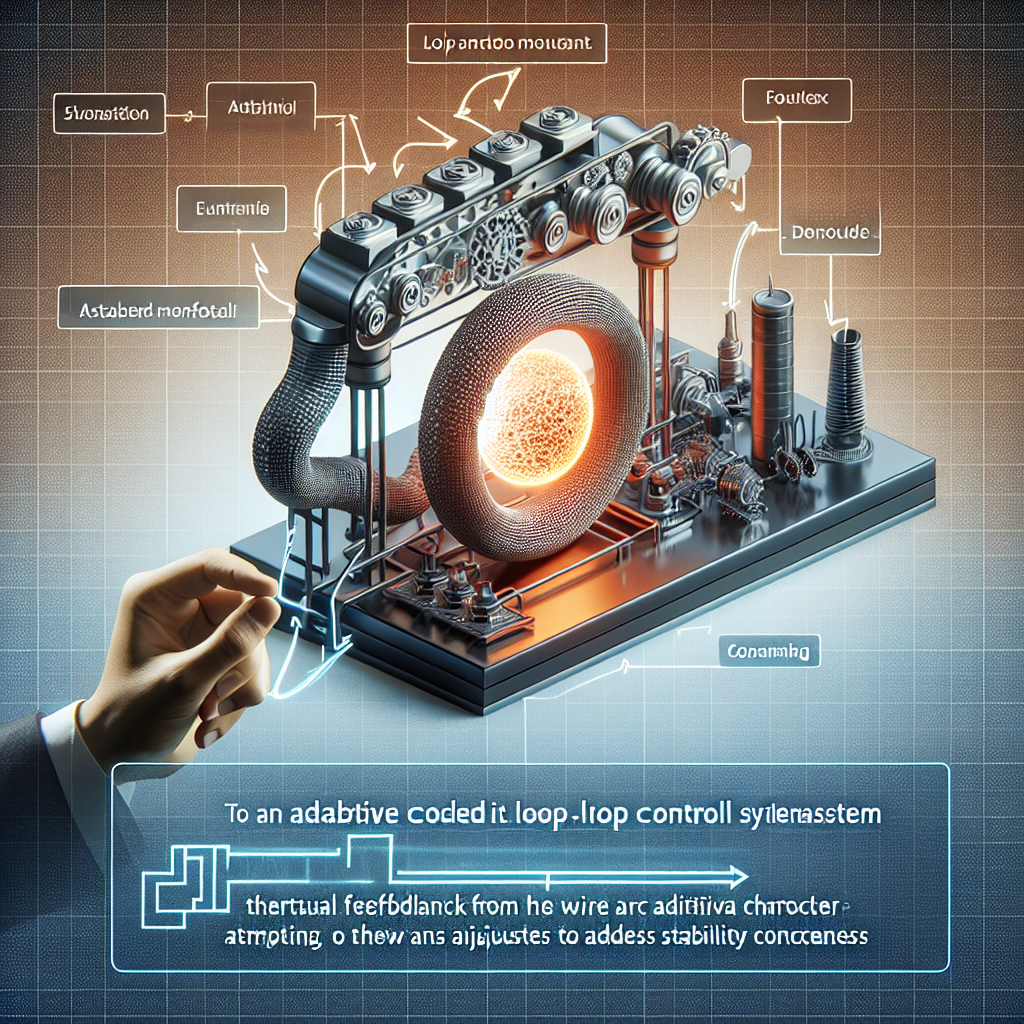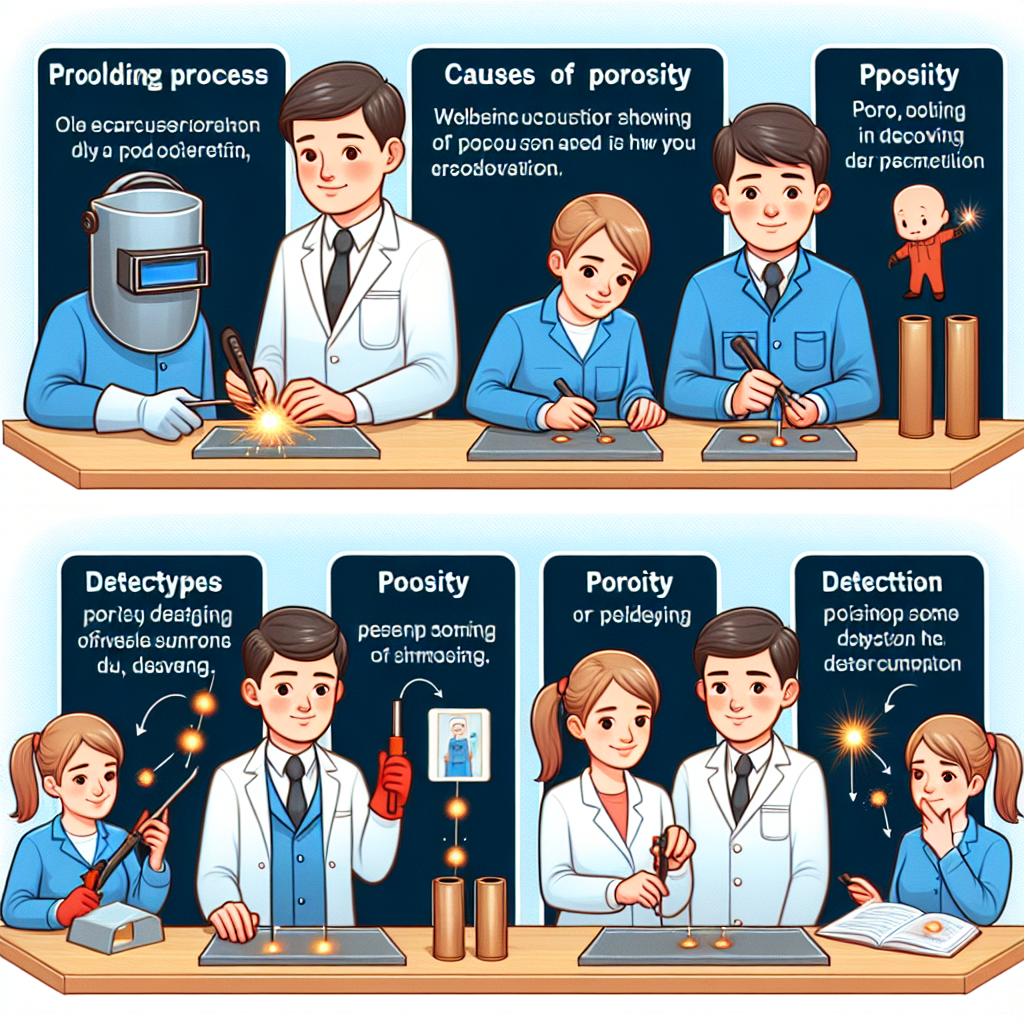Can Adaptive Closed-Loop Control Solve WAAM Thermal Stability Challenges?
Can Adaptive Closed-Loop Control Solve WAAM Thermal Stability Challenges?
Thermal stability challenges in Wire Arc Additive Manufacturing (WAAM) can potentially be solved through the implementation of adaptive closed-loop control systems. This innovative approach aims to address the issues of distortion and residual stress that often arise during the WAAM process.
The Problem: Thermal Stability Challenges in WAAM
WAAM is a promising additive manufacturing technique that uses an electric arc to melt and deposit metal wire, layer by layer, to create complex metal parts. However, the process is not without its challenges. One of the main issues is the thermal instability that occurs due to the high heat input and rapid cooling rates involved in WAAM.
The Solution: Adaptive Closed-Loop Control
Adaptive closed-loop control systems offer a potential solution to the thermal stability challenges in WAAM. These systems continuously monitor and adjust the process parameters in real-time, based on feedback from sensors and predictive models. By dynamically adapting the heat input and cooling rates, the system can mitigate distortion and residual stress, leading to improved part quality and dimensional accuracy.
Key Insights
- Adaptive closed-loop control systems can help overcome thermal stability challenges in WAAM.
- These systems monitor and adjust process parameters in real-time.
- Feedback from sensors and predictive models enables dynamic adaptation of heat input and cooling rates.
- The result is improved part quality and dimensional accuracy.
Conclusion
Thermal stability challenges in WAAM can be effectively addressed through the implementation of adaptive closed-loop control systems. By continuously monitoring and adjusting process parameters, these systems offer a solution to the issues of distortion and residual stress. The result is improved part quality and dimensional accuracy, making WAAM a more viable option for various industries.







